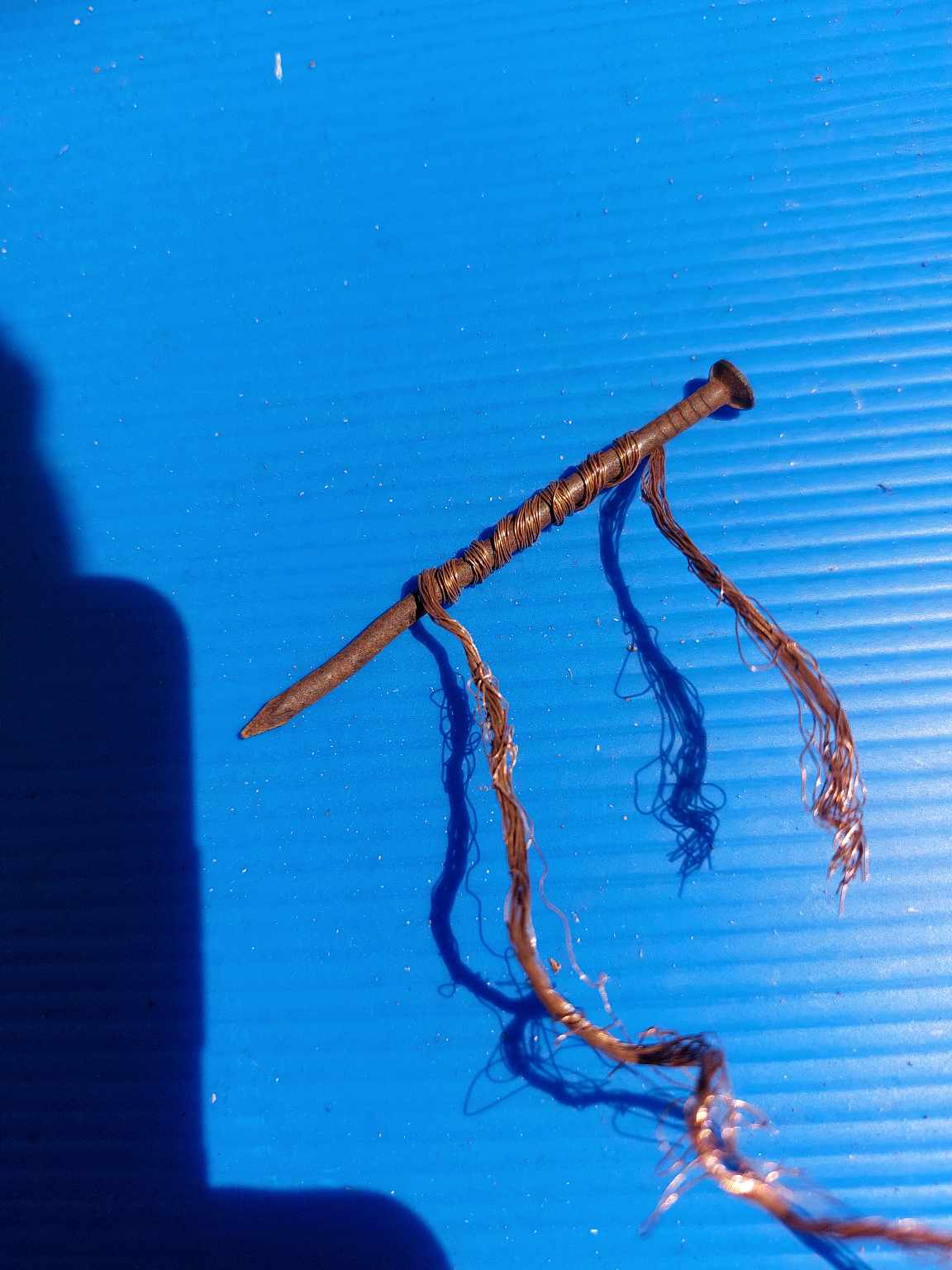this post was submitted on 08 Jul 2023
16 points (100.0% liked)
Ask Electronics
3173 readers
17 users here now
For questions about component-level electronic circuits, tools and equipment.
Rules
1: Be nice.
2: Be on-topic (eg: Electronic, not electrical).
3: No commercial stuff, buying, selling or valuations.
4: Be safe.
founded 1 year ago
MODERATORS
you are viewing a single comment's thread
view the rest of the comments
view the rest of the comments

The fundamental concept at work in making an electromagnet is Lenz's law. Here's a Khan academy video on the topic. https://www.youtube.com/watch?v=xxZenoBs2Pg
You can determine the power of a magnet (very roughly) using the following equation:
B = μ₀ * n * I
Where:
B is the magnetic field strength in teslas (T) or gauss (G). μ₀ is the permeability of free space, approximately equal to 4π × 10^-7 T·m/A. n is the number of turns per unit length of the coil (turns per meter). I is the current flowing through the coil in amperes (A).
So the number of turns matters, and also the current matters.
But there's a third thing, and I think that's the problem you're having: This piece of wire is conductive, and the nail is conductive, and there doesn't seem to be any insulation on the wire. Because of that, the current flows through the wire on one side, into the nail and across it, then out the wire on the other side. The current needs to flow in loops without being able to take any other path, The coil of wire and the current flowing around in circles is what's required.
What you want is a long piece of wire with insulation on it. Then you wrap it around the nail, and then apply a battery across the wire. A 1.5V battery probably won't have much punch so you might not be able to get much of a magnet, but a 9V battery should do it quite well. What will happen is the current flowing through the wire will create a magnetic field, which will magnetize the nail, which will create a magnet you can use to pick up coins.
A lot of the time, people run demos using special wire for creating magnets that's copper with a very thin clear insulating coating on it, so you might think you're looking at someone just making a loop of regular wire, but the insulation is key to the whole thing working.
In my experience a large 1.5v D cell works best, as the limiting factor is generally current not coil resistance, unless you wind thousands of turns of fine wire.